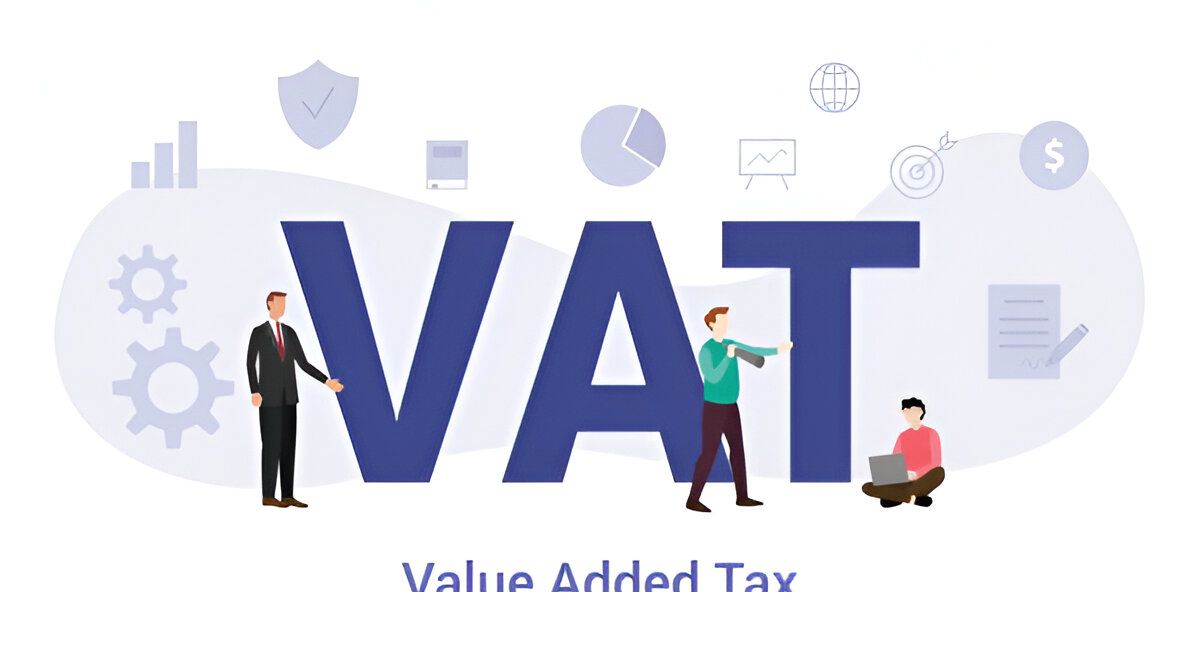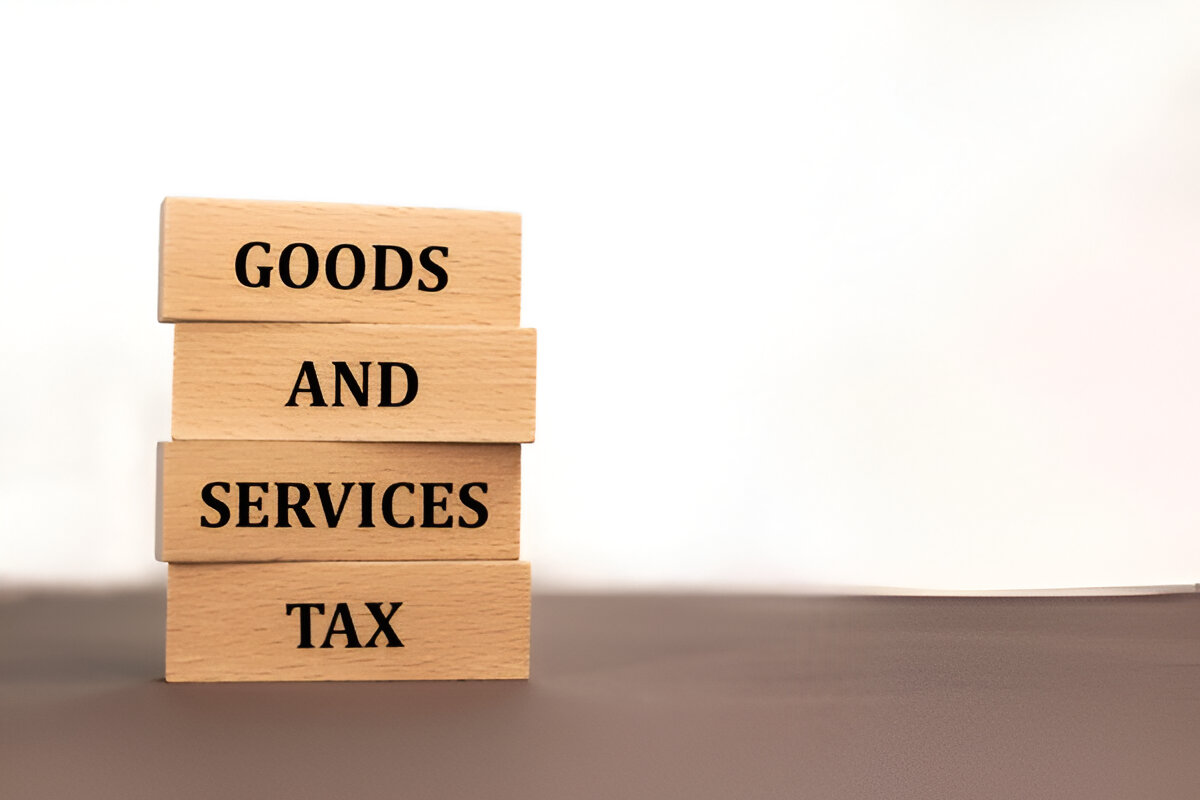In India, taxes play a vital role in shaping business operations, and understanding the tax systems that apply to your business is essential for financial planning and compliance.
Goods and Services Tax (GST) and Value Added Tax (VAT) are the two major indirect tax systems in India.
While VAT was previously the standard for most goods, GST has now taken over as a more comprehensive and unified system.
This blog aims to explain the key differences between GST and VAT, helping Indian businesses understand how they are affected.
We will also highlight how Chartered Accountants (CAs) can assist businesses in navigating these differences to ensure compliance and optimize tax planning.
What is VAT (Value Added Tax)?
Definition of VAT
Value Added Tax (VAT) is an indirect, consumption-based tax applied at every stage of the production and distribution process. It is a state-level tax, meaning that different states in India can have varying VAT rates and regulations.
Before the introduction of GST in 2017, VAT served as the main indirect tax system on goods in India.

How VAT Works
Under the VAT system, the tax is levied at every point in the supply chain where value is added to goods. At each stage, businesses collect VAT on the sales price and can claim a credit for the VAT they paid on purchases, which is referred to as the Input Tax Credit (ITC). This method reduces the cascading effect of tax (tax on tax), ensuring that only the value added at each step is taxed.
Key Features of VAT
- State-Specific: VAT laws differ between states, which can create confusion, especially for businesses operating across state borders.
- Applicable Only on Goods: VAT was primarily levied on goods rather than services.
- Input Tax Credit: Under VAT, businesses could claim credit for the tax paid on their purchases, - helping to lower their overall tax liability.
What is GST (Goods and Services Tax)?
Definition of GST
Goods and Services Tax (GST), introduced in 2017, is a nationwide indirect tax that replaced several other taxes, including VAT, service tax, and excise duties. GST is a unified tax system that covers both goods and services, offering a more efficient and streamlined approach for businesses.
How GST Works
GST is charged at every stage of the supply chain, much like VAT, but it extends to both goods and services. The input tax credit mechanism is extended to both goods and services under GST, ensuring that businesses can claim credits for the taxes they pay on both their purchases and their services.

GST is divided into three parts:
- CGST: Central Goods and Services Tax, collected by the central government.
- SGST: State Goods and Services Tax, collected by the state government.
- IGST: Integrated Goods and Services Tax, levied on interstate transactions, ensuring that goods and services sold between states are taxed uniformly.
Key Features of GST
- Nationwide Application: GST is a uniform tax system across all states, simplifying compliance for businesses.
- Applicable on Goods and Services: Unlike VAT, GST covers both goods and services, making it a more all-encompassing system.
- Input Tax Credit: GST offers full input tax credit on both goods and services, enhancing cash flow for businesses.
- Multiple Tax Slabs: It features several tax slabs—5%, 12%, 18%, and 28%—depending on the type of goods and services.
Key Differences Between GST and VAT

1. Scope of Application
- VAT: Only applies to goods.
- GST: Applies to both goods and services, offering a more comprehensive solution for businesses that deal with both physical products and services.
2. Tax Structure
- VAT: A state-level tax with different rates across states. This creates complexity for businesses operating in multiple states.
- GST: A uniform nationwide tax system with CGST, SGST, and IGST based on the nature of the transaction. This simplifies interstate transactions and reduces the compliance burden.
3. Collection Mechanism
- VAT: Tax is collected at every point of sale in the supply chain, with businesses passing the tax on to consumers.
- GST: Tax is levied at every stage, but companies can claim input tax credits for both goods and services, which reduces the cascading effect and makes the system more efficient.
4. Compliance and Filing
- VAT: Compliance was often complex due to state-specific regulations and filing procedures.
- GST: Streamlined compliance with a centralized filing system. Businesses must file monthly or quarterly returns, making the process uniform across the country.
5. Input Tax Credit
- VAT: Input tax credit was available, but only on goods, limiting its applicability to businesses providing both goods and services.
- GST: Provides full input tax credit for both goods and services, ensuring that businesses benefit from lower tax costs across the entire supply chain.
6. Impact on Interstate Transactions
- VAT: Interstate transactions were complicated due to varying VAT rates across states.
- GST: The introduction of IGST (Integrated Goods and Services Tax) ensures that interstate transactions are taxed uniformly, and businesses can claim credit for taxes paid on interstate sales.
How GST Affects Indian Businesses
Simplification of Compliance
GST simplified tax compliance for businesses by consolidating multiple state and central taxes into one unified tax. Businesses that operate in various states no longer need to deal with different state VAT laws and tax filings. GST provides a standardized method for tax filing, which reduces complexity and administrative costs.

Advantages of GST
- Uniform Tax Rates: GST creates uniformity in tax rates across the country, making it easier for businesses to calculate costs and plan financial operations.
- Reduction of Cascading Taxes: GST reduces the cascading effect of taxes by allowing businesses to claim input tax credits on both goods and services.
- Improved Supply Chain: The seamless flow of credit under GST ensures that the supply chain operates more efficiently, reducing costs for manufacturers and consumers.
- Easier Interstate Transactions: GST has simplified interstate trade by providing a unified tax structure, reducing the administrative burden of dealing with multiple state taxes.
How CAs Can Guide Clients Through GST and VAT Differences
Advising on GST Registration
CAs help businesses determine whether they need to register for GST based on their turnover and type of business. GST registration is mandatory for businesses with a turnover exceeding ₹40 lakhs (for goods) or ₹20 lakhs (for services), though this threshold may vary for different states.
Helping with Tax Filing and Documentation
CAs assist businesses with GST return filings, ensuring compliance with the monthly and quarterly filing deadlines. They also help with maintaining proper documentation, which is essential for claiming input tax credits and avoiding penalties.
Guiding on Input Tax Credit
CAs play a critical role in advising businesses on how to maximize input tax credits under GST. They ensure that clients understand how to claim credits for the taxes paid on purchases and services, thus reducing their overall tax liability.
VAT to GST Transition
CAs guide businesses through the transition from VAT to GST, helping them update their accounting systems, records, and compliance procedures. This transition often involves training staff and ensuring that the necessary changes are made to invoices and tax filings.
Common Challenges in VAT and GST Systems
VAT Compliance Challenges
- State-Specific Regulations: Different VAT rates and rules in each state created confusion, especially for businesses operating in multiple states.
- Limited Input Credit: Businesses could only claim input tax credits for goods, not services, which increased their tax burden.
GST Challenges
- Transition from VAT: The shift from VAT to GST posed challenges for businesses, especially in understanding the new system and making necessary changes to software and invoicing.
- Complex Filing Process: Though GST has streamlined tax collection, the filing process itself can still be complex, especially for businesses with a high volume of transactions.
- Small Businesses: For small businesses, the cost of complying with GST can be burdensome, as they need to upgrade their systems and hire professionals for tax filing.
Practical Tips for Businesses to Navigate VAT and GST Differences

For VAT-Registered Businesses Transitioning to GST
- Ensure all business systems, including accounting software and invoicing methods, are updated to comply with GST requirements.
- Transition VAT credits to GST credits to ensure a smooth transition without losing out on input tax credits.
- Work closely with a CA to ensure that all tax returns are filed accurately during the transition period.
For New Businesses
- Register for GST early, mainly if your business deals with interstate transactions or services.
- Maintain clear records of all transactions to avoid any discrepancies when filing returns.
- Use GST-compliant accounting software to simplify tax calculations and filings.
Staying Updated
- GST laws are still evolving. Businesses need to stay informed about changes and updates to the tax system.
- Regularly consult with CAs to ensure compliance and to make any necessary adjustments to your tax strategy.
Navigating the Shift from VAT to GST for Seamless Business Growth
The shift from VAT to GST has fundamentally changed how businesses in India manage taxes. While GST offers several advantages, such as simplified compliance, reduced tax burden, and seamless credit flow, understanding the differences between these two systems is important for businesses to navigate the tax landscape effectively.
Chartered Accountants (CAs) play a vital role in helping businesses understand these differences, ensuring compliance, and guiding them through the complexities of GST registration, filing, and input tax credits. By working with CAs, businesses can stay ahead of the curve and optimize their tax strategy for long-term success.
What is Vyapar TaxOne?
Vyapar TaxOne is an AI-driven accounting tool that automates manual tasks, GST reconciliation, and tracks GST filing along with GST health data.
By automating these tasks, CAs and businesses can shift focus to more valuable activities like strategic tax planning and financial forecasting.
Vyapar TaxOne ensures your data remains accurate and up-to-date, reducing human errors and compliance risks.
Try Vyapar TaxOne for free for a week!











